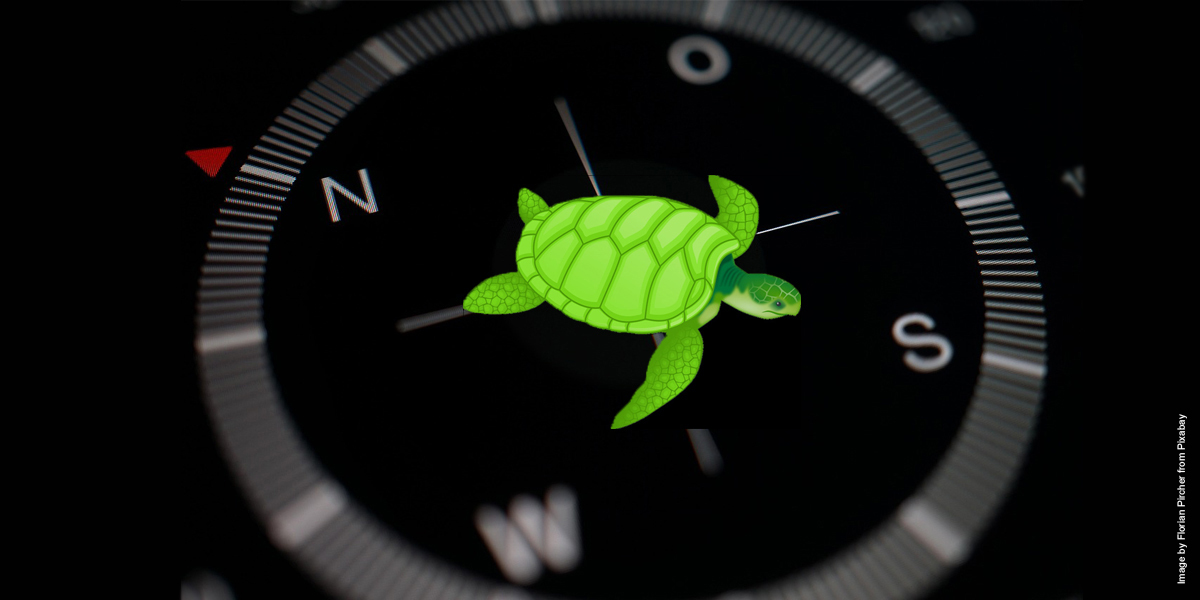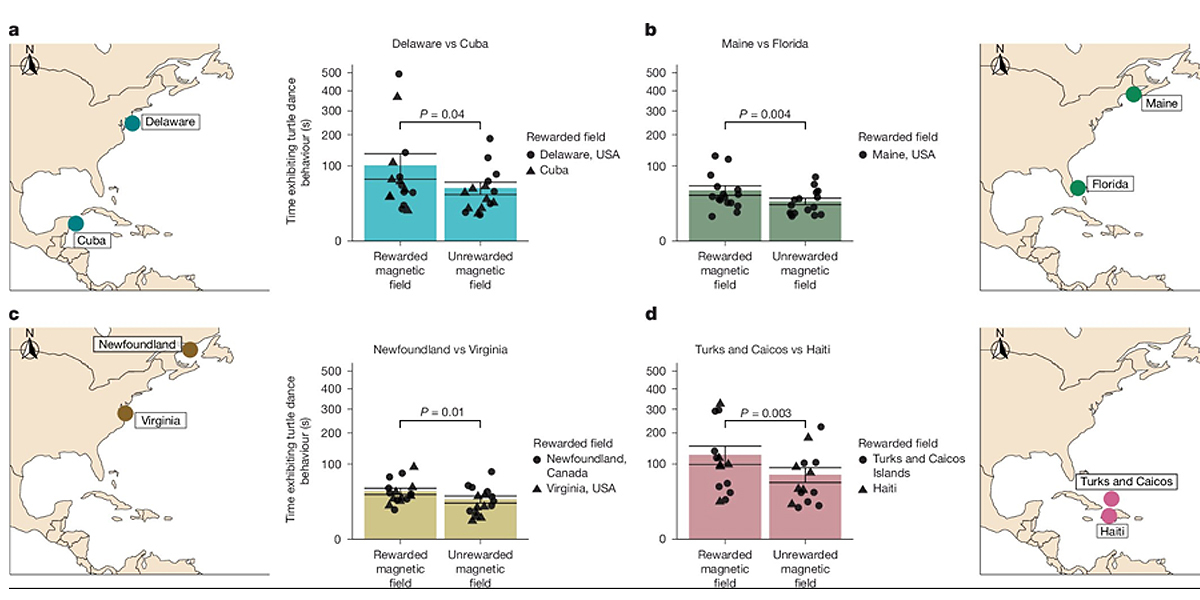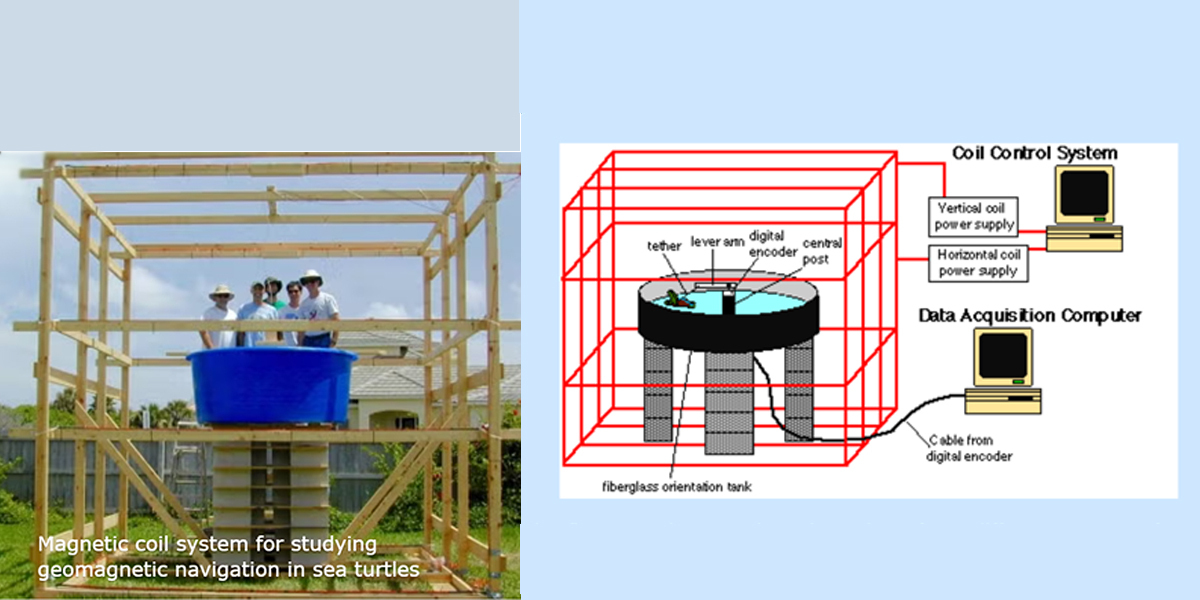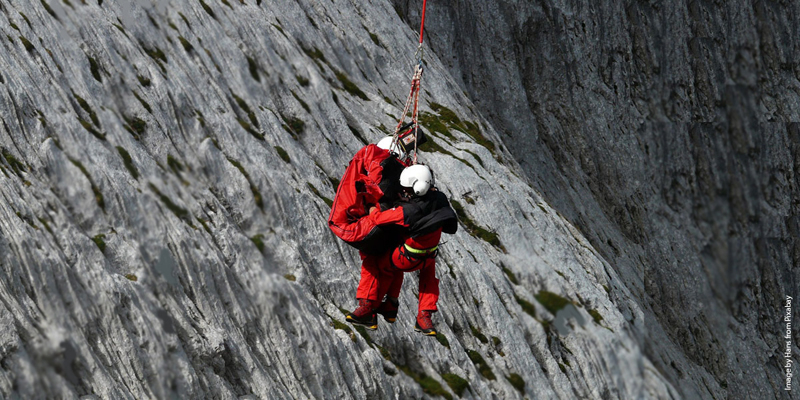A recently-published study offers new insights into how turtles and other migratory animals navigate vast distances to reach specific foraging and breeding grounds

The study, from researchers at the University of North Carolina at Chapel Hill provides the first empirical evidence that loggerhead sea turtles can learn and remember the unique magnetic signatures of different geographic regions. This discovery offers new insights into how turtles and other migratory animals navigate vast distances to reach specific foraging and breeding grounds.
The findings, published in the journal Nature, also suggest that sea turtles possess two distinct magnetic senses that function differently to detect the Earth's magnetic field.

Loggerhead turtles are famous for their extraordinary migrations, guided by an internal magnetic map that enables them to determine their location by detecting variations in Earth's magnetic field. Until now, scientists had speculated that turtles might also have the ability to learn and recognize magnetic fields associated with important locations, but no empirical evidence had confirmed this ability—until now.
"Our study investigated for the first time whether a migratory animal can learn to recognize the magnetic signatures of different geographic areas," said Kayla Goforth, first author of the study. "Researchers have speculated for decades that animals can learn magnetic signatures, but this is the first empirical demonstration of that ability, so it fills in an important gap in our knowledge."

Through controlled experiments, the research team demonstrated that loggerhead turtles can indeed learn and remember the magnetic fields of areas where they receive food. This ability suggests that turtles use learned magnetic information to navigate back to foraging areas, helping explain their remarkable navigational accuracy over long distances. More broadly, these findings could apply to a wide range of migratory animals that rely on magnetic cues for navigation.
"The ability to distinguish among magnetic fields of different geographic areas likely explains how many animals—not just sea turtles—can navigate long distances to specific locations," said Ken Lohmann, a professor of biology at UNC-Chapel Hill.

The research also delves into the underlying mechanisms of magnetic sensing. The results indicate that turtles' magnetic map sense and magnetic compass sense rely on different ways of detecting magnetic fields, suggesting the presence of two distinct magnetic senses in these animals. This discovery provides a major advancement in the broader scientific understanding of how animals perceive and use the Earth's magnetic field.
In addition to its implications for science, the study holds promise for conservation efforts and human technological advancements. Understanding how turtles detect and interpret magnetic fields could help conservationists mitigate disruptions caused by human-made structures, such as power lines and offshore wind farms, which can interfere with natural magnetic cues. Additionally, insights from this research may contribute to the development of novel navigation technologies inspired by nature.
"We've known for 20 years that sea turtles have magnetic maps and now, by showing that they can learn new locations, we have learned how the maps might be built and modified," said Catherine Lohmann, a biology professor at UNC-Chapel Hill. "It is amazing that sea turtles have access to a wealth of invisible information that they use to navigate in ways that are hard for us to even imagine."
The study's interdisciplinary nature highlights the importance of collaboration across scientific fields. Notably, the specialized antenna system built for this research closely resembles technology used for separate research, demonstrating the broad applications of electromagnetic principles.
"Remarkably, the antenna system we built for the turtle study is nearly identical to that of an unrelated dark matter search we had worked on," said Reyco Henning, a professor in UNC-Chapel Hill's Department of Physics and Astronomy. "It's a great example of the broad application of the laws of electromagnetism."
The researchers plan to further explore the extent of turtles' learning capabilities, their sensitivity to magnetic fields, and how they integrate learned information into real-world navigation. The findings open the door to exciting new research avenues and reinforce the vital role of interdisciplinary collaboration in advancing scientific knowledge.
More information: Kayla M. Goforth et al, Learned magnetic map cues and two mechanisms of magnetoreception in turtles, Nature (2025). DOI: 10.1038/s41586-024-08554-y
Journal information: Nature
Story Source: University of North Carolina at Chapel Hill
Subscribe to our newsletter
Stay updated on the latest technology, innovation product arrivals and exciting offers to your inbox.
Newsletter

